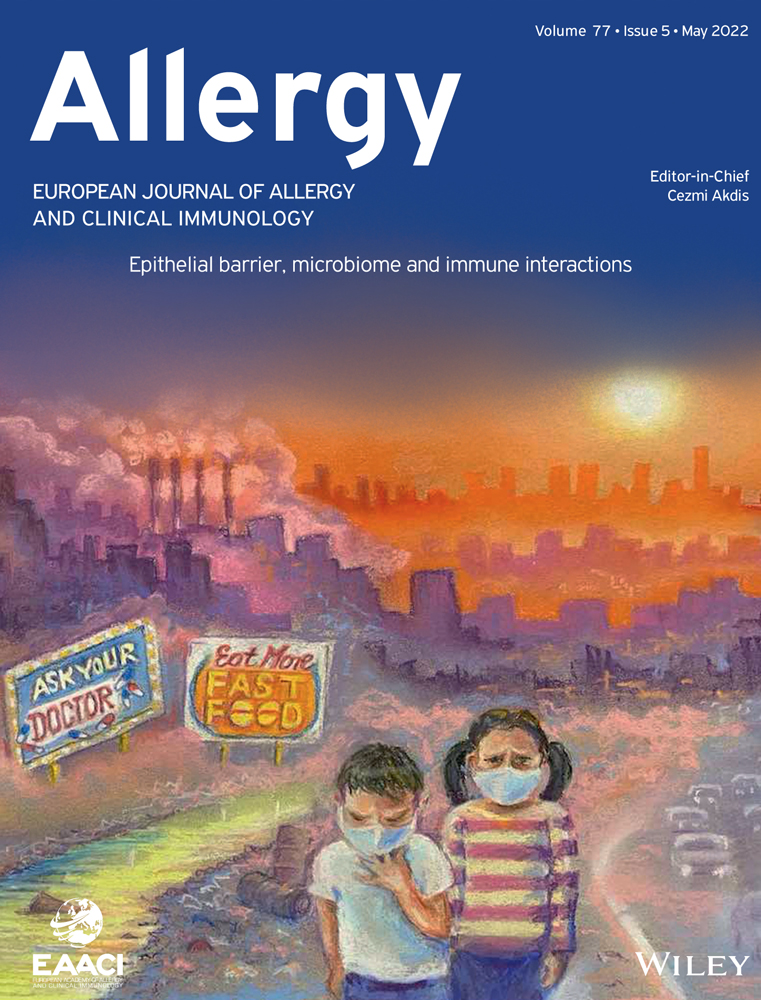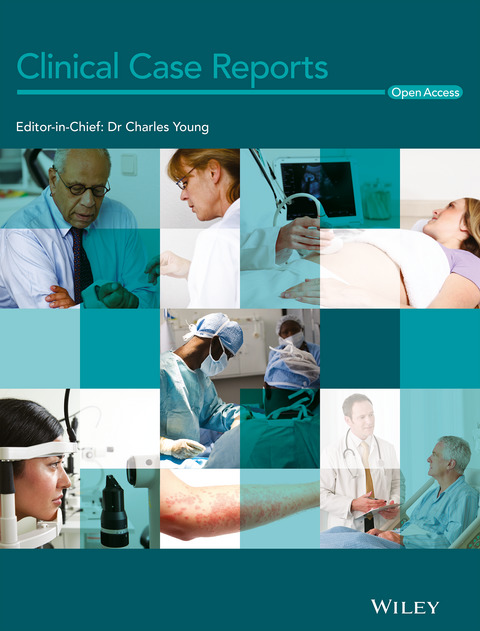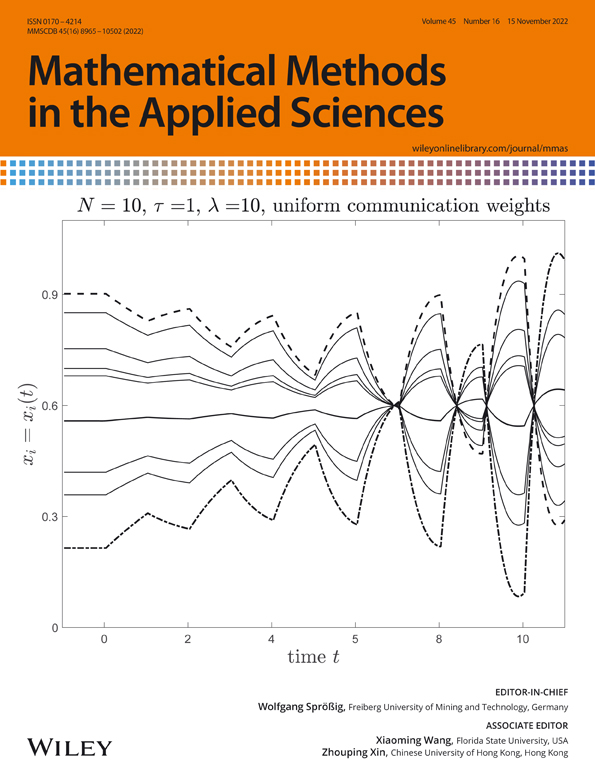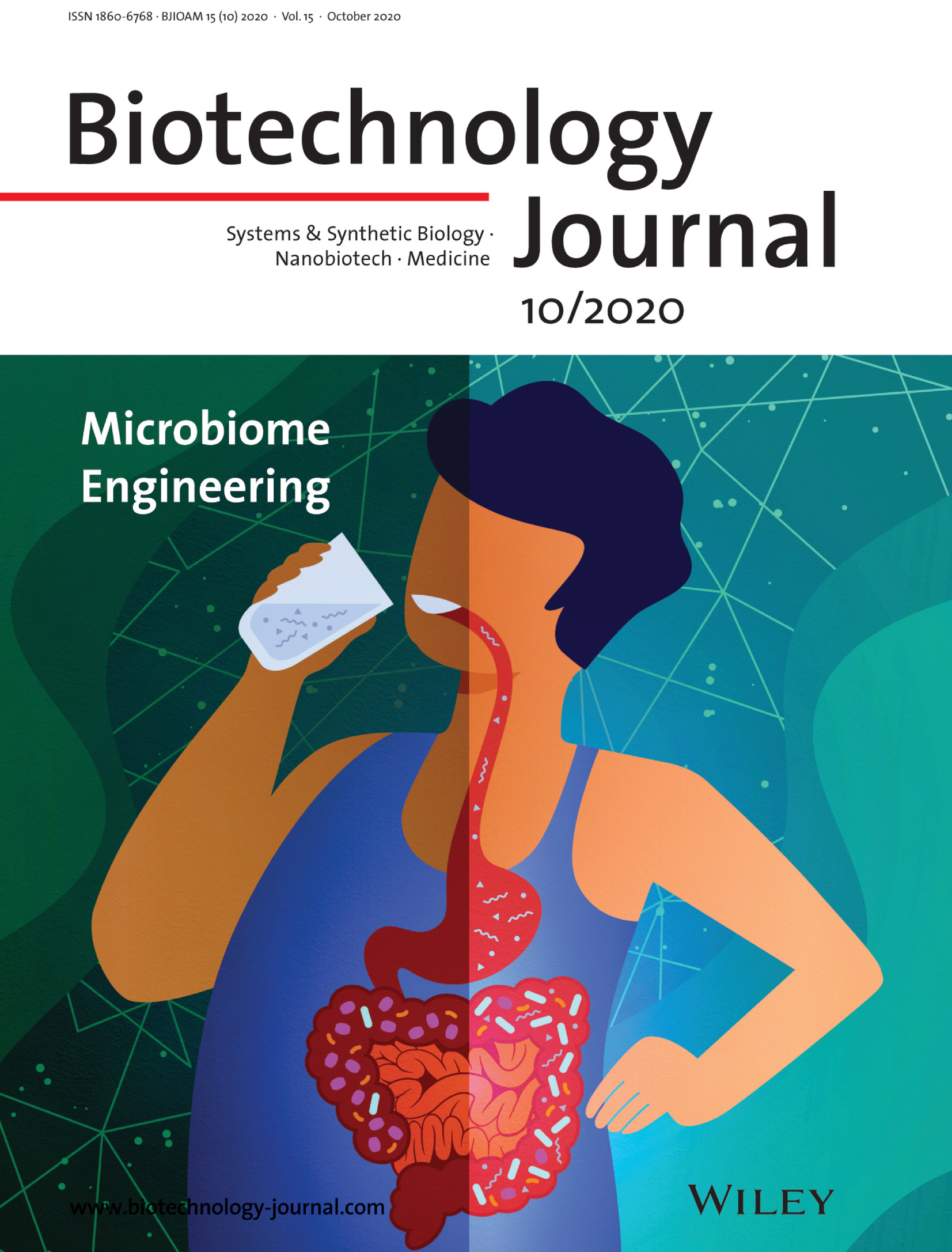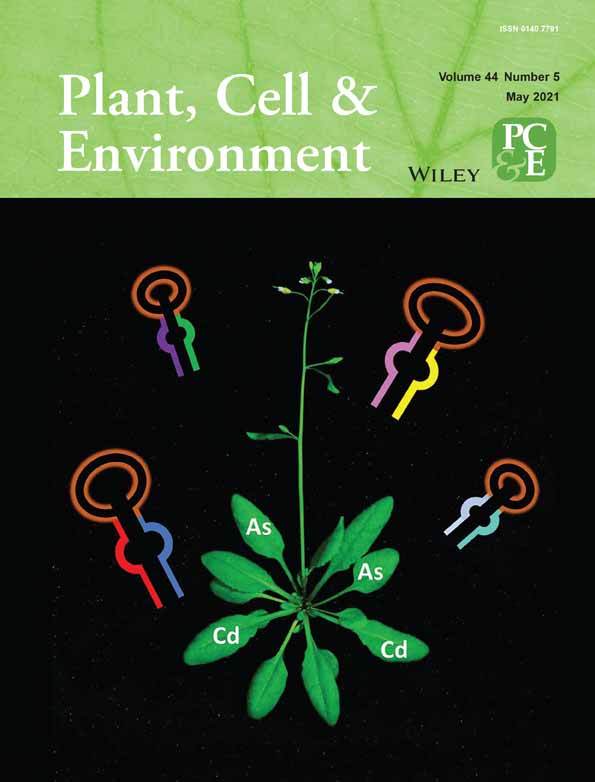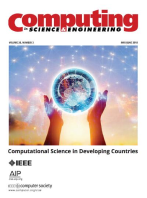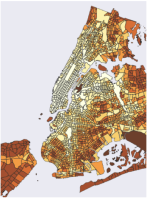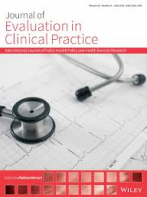Comorbidity Influence in Observational Studies: Why Ignore the Real World ?Comorbidity is any coexisting disease or medical condition with another medical condition, at a particular time point or during a particular period, in a patient. As such they can be acute or of chronic nature. Comorbidities may or may not interact with each other. Indeed, comorbid conditions may elevate the risk of the development of other conditions, increase the risk of death, reduce the quality of life, worsen the mental and physical health and impair the general functional ability of the patient. However, the literature on empirical evidence of treatment effect modification by comorbidity from randomized clinical trials (RCTs) is very limited, although this has been attributed to the underrepresentation of people with comorbidities in trials.1 Despite this, the standard assumption that efficacy is constant across subgroups of patients by levels of comorbidity in trials, is often criticised despite the power granted by treatment randomization to such studies.2 In contrast, the influence of comorbidity on health outcomes and treatment effectiveness is well established from observational studies.3-4In most observational studies, the influence of comorbidity on treatment effect is modelled as constant regardless of how long the patient has had the condition up to the start of follow-up, with the inherent assumption that the duration does not influence the outcome of interest. The question we inadvertently fail to address is whether it is reasonable to assume a constant influence for each of the comorbidities- namely, a level of influence that is independent of how long the patient has had each comorbid condition since diagnosis? We readily ignore the reality that there may be no evidence on the assumption of a constant, unchanging effect over time by the comorbidity of interest. For example, in assessing the treatment effect of a particular drug in a diabetic cohort, we generally consider the risk associated with each of the comorbidities of interest, such as hypertension as the same between patients diagnosed five years ago and those diagnosed recently. By so doing, we run the risk of not properly controlling for the influence of some of these comorbidities on the outcome of interest. Indeed, this assumption was challenged in a study that demonstrated the duration-dependent nature of the influence of certain comorbidities on survival among chronic obstructive pulmonary disease (COPD) patients in the UK’s Clinical Practice Research Datalink (CPRD) and since then, using similar approaches that are easy to apply, two other studies have also demonstrated the duration-dependent nature of certain comorbidities within the real-world evidence generation space.5-7Another common practice we find in observational studies is the modelling of and adjusting for comorbidity influence additively, either as the number of comorbidities or as an index (such as the Charlson Comorbidity Index), and we do so often without regard to the specific outcome of interest, which may be different from the outcome used in the derivation of the index.8-10 In so doing, we are inadvertently assuming that (1) the outcome is associated linearly with the comorbidity count or index and (2) the impact of every comorbidity is one directional- namely, to elevate the risk of the outcome and hence, the weights we derive from combining the set of comorbidities must be positive (i.e. the null hypothesis that outcome worsens with increasing comorbidity is inadvertently assumed as already proven). Although these common practices are generally suitable in many observational studies, there is evidence some of these assumptions may not necessary hold true in some disease populations, such as in COPD patients.11-13 One such evidence is that as a result of adequate control of COPD by medications and lifestyle changes, among others, its influence on the risk of an outcome of interest, may not necessarily be as a risk elevator - suggesting, risk reduction by an adequately managed comorbid condition is possible in real-life studies. An additional, possible consequence of these approaches is our likely loss of ability to adequately identify specific interactions between those comorbidities that influence prognosis.Some of the problems associated with our current simplistic approach to handling comorbidity influence were first highlighted in a 2012 paper on the conduct of prospective observational post-authorization safety studies.14 The paper recommends assessing the suitability of the assumptions that underpin the methodologies we intend to apply to the data within the context of the specific outcome(s) of interest as the least we could do with real-life data. In other words, we need to demonstrate that such assumptions are appropriate and reasonable on the basis of the results from exploratory assessments of the data. We need not ignore what the specific study data may reveal about the nature of the true association between the outcome and each specific comorbidity and/or combination of comorbidities. We particularly need not ignore evidence from routine clinical practice. The current common assumption in observation studies, that the influence of every comorbid condition on any health outcome of interest is independent of both its duration and management in routine clinical practice, is unlikely to be tenable in the real world.Acknowledgement :The authors are grateful to Professor Gilbert MacKenzie for his valuable contributions to initial discussions on the subject.Prof Victor A Kiri MPH, PhDEpidemiology DirectorMarket Access Consulting, RWE & AnalyticsFortreaMaidenhead, Berkshire SL6 3QHUnited [email protected] iD: https://orcid.org/0000-0001-7171-2011Dr Maurille Feudjo-Tepie PhDVice PresidentHead of GlobalRWE & Digital sciences Head of Global RWE & Digital sciencesUCBSlough, Berkshire SL1 3WEUnited [email protected] P, Hannigan L, Rodriguez-Perez J, et al. Representation of people with comorbidity and multimorbidity in clinical trials of novel drug therapies: an individual-level participant data analysis. BMC Med. 2019; 17(1):201Hanlon P, Butterly EW, Shah ASV, et.al. Treatment effect modification due to comorbidity: Individual participant data meta-analyses of 120 randomised controlled trials. PLoS Med 2023; 20(6): e1004176Iversen LH, Nørgaard M, Jacobsen J, et al. The impact of comorbidity on survival of Danish colorectal cancer patients from 1995 to 2006 – a population-based cohort study. Dis Colon Rectum 2009;52(1):71–78Lund L, Jacobsen J, Nørgaard M, et al. The prognostic impact of comorbidities on renal cancer, 1995 to 2006: a Danish population based study. J Urol. 2009;182(1):35–40; discussion 40.Kiri VA, Oyee J. Assessing the time-dependency nature of comorbidity influence in COPD, Pharmacoepidemiology and Drug Safety (2006); 15 (Suppl 2): S8Plana-Ripoll O, Pedersen CB, Holtz Y, et al. Exploring comorbidity within mental disorders among a Danish national population. JAMA Psychiatry 2019b; 76: 259–270McGrath JJ, Lim CCW, Plana-Ripoll O, et al. Comorbidity within mental disorders: A comprehensive analysis based on 145,990 survey respondents from 27 countries. Epidemiology and Psychiatric Sciences 2020; 29: [e153]Charlson ME, Pompei P, Ales KL, et al. A new method of classifying prognostic comorbidity in longitudinal studies: development and validation. J Chronic Dis 1987; 40 (5):373-383Deyo RA, Cherkin DC, Ciol MA. Adapting a clinical comorbidity index for use with ICD-9-CM administrative databases. J Clin Epidemiol. 1992;45(6):613–619.Yngvar Nilssen, Trond-Eirik Strand, Robert Wiik, et al. Utilizing national patient-register data to control for comorbidity in prognostic studies, Clinical Epidemiology 2014;395-404Elixhauser A, Steiner C, Harris DR, Coffey RM. Comorbidity measures for use with administrative data. Med Care. 1998;36(1):8–27Kiri VA, Visick G, Muellerova H, MacKenzie G. A Novel Methodology for Measuring the Influence of Comorbidity in Disease Outcome Studies, Pharmacoepidemiology and Drug Safety (2005); 14 (Suppl 2): S135Kiri VA, Muellerova H, Visick G, MacKenzie G. Assessing the multivariate structure and influence of comorbidity in COPD, Eur Respir J (2005); 26 (Suppl 49):A470sKiri VA. A Pathway to Improved Prospective Observational Post-Authorization Safety Studies. Drug Saf 2012; 35 (9): 711-724


